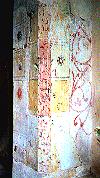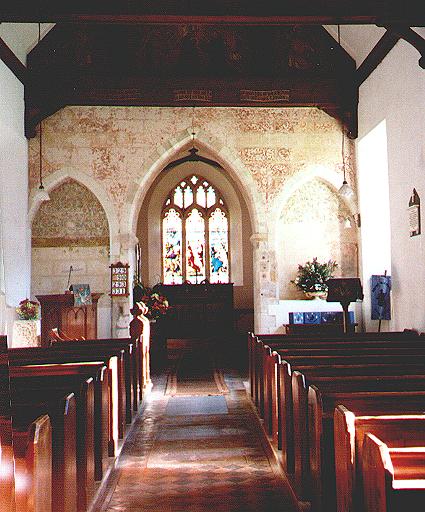 The interior of the Church showing the arcade of three arches. |  Fragment of the Victorian decoration. Click here to enlarge.
| |||
| Look up and you will see a picture of Christ risen, flanked on either side by angels. Each angel holds a scroll, the left hand one reads "The Law was given by Moses", while the right hand one reads "But Grace and Truth by Jesus Christ" The inscriptions on the main cross beam are detailed above the photo.This painting also dates from the last century when the whole roof structure was renewed. The inscriptions on the panels below the painting read:- | ||||
| As he prayed the fashion of his countenancewas altered and his raiment was white and glistening. | And behold there talked with him two men which were Moses and Elias | Who appeared in glory and spake at his decease which he should accomplish at Jerusalem. |
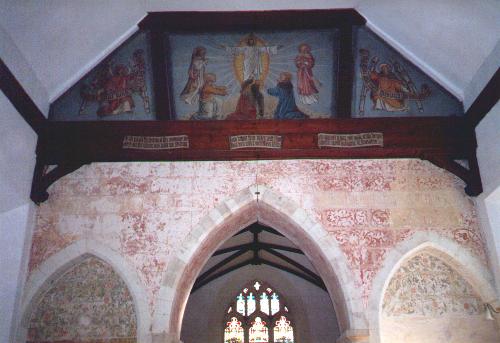
Paintings at the east end of the nave
The church contains a number of memorials and virtually every one of them has a connection to Jane Austen. You may view each memorial in turn by clicking on the relevant link. Additionally you will find the icon
First Posted Jan 2000 within the text. Clicking on this icon will bring up a relevant extract, from one of Jane Austen's letters, in a separate window. When you are finished reading the quotation you should close the window to return to the main page.
within the text. Clicking on this icon will bring up a relevant extract, from one of Jane Austen's letters, in a separate window. When you are finished reading the quotation you should close the window to return to the main page.
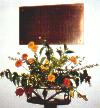
View the Jane Austen Memorial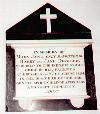
View Mary Digweed's MemorialAs you walk down the nave, on your left hand side is a memorial to Jane Austen, placed there in 1936 by her great grand-niece, Emma Austen-Leigh.
Further down, on both sides, are memorials to the Digweed family.
The Digweeds rented Steventon Manor from Thomas Knight I & II and from Jane's brother Edward Knight. Jane grew up with the Digweed children and frequently referred to them in her letters.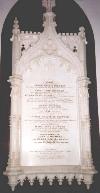
View the Digweed Memorial
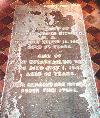
View the grave of James DigweedIn the floor of the main aisle are two Digweed graves. The first is that of The Rev James Digweed and his wife Mary Susannah.
The second grave you come to is that of James Digweed's parents, Hugh Digweed, his wife Ruth and their infant daughter Frances.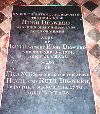
View the grave of Hugh Digweed
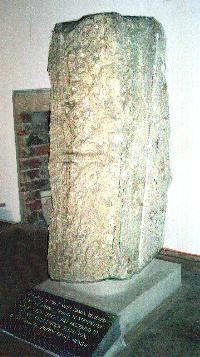
The fragment of the shaft of a Saxon cross Just in front of the pulpit, you will see a fragment of the shaft of a Saxon cross. This dates back to the 9th century and it is thought to have stood on the site of the church prior to the building of the church. The carving on the face of the stone is of a zoomorphic interlaced pattern, much defaced. The carving was discovered, built into a wall on the site of the old Steventon Manor, which was built in Tudor times by the Brocas family. The cross was given to the Church in 1952 by Captain & Mrs Hutton Croft, the then owners of the manor. The remnants of the Old Manor were finally demolished in 1970.
The hole in the wall behind the cross is the remains of a fire place which is now used to display a number of artifacts.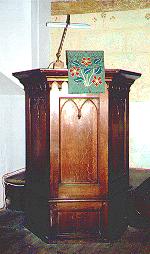
The simple oak pulpit.

Copyright © G Dutton 2000.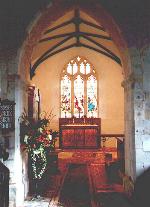
Click Here to
Enter the Chancel
References
